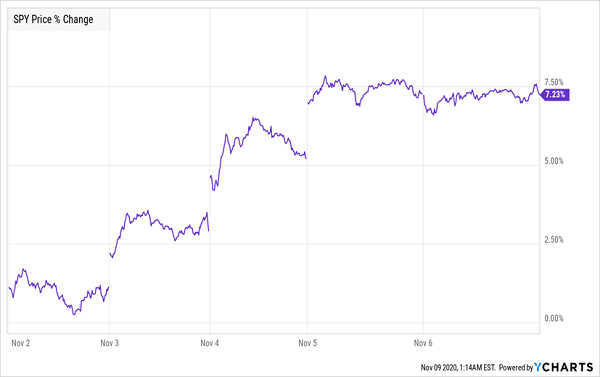One of the biggest risks you’ll face as an investor is the temptation to listen to people at the extremes.
In income investing, these so-called “gurus” break down into two camps. The first are the indexers, who argue that all you need to do is buy a fund like the Vanguard S&P 500 ETF (VOO), which, as the name suggests, simply tracks the S&P 500. Sure, the yield is a crummy 1.5%, but you need to stick with it, work for 40 years, save as much as you can, and live off the low payout.
Unfortunately, if you follow this “advice,” you’ll have to save north of $4 million if you want a $50,000 dividend stream to live on without selling down your holdings.… Read more


Recent Comments